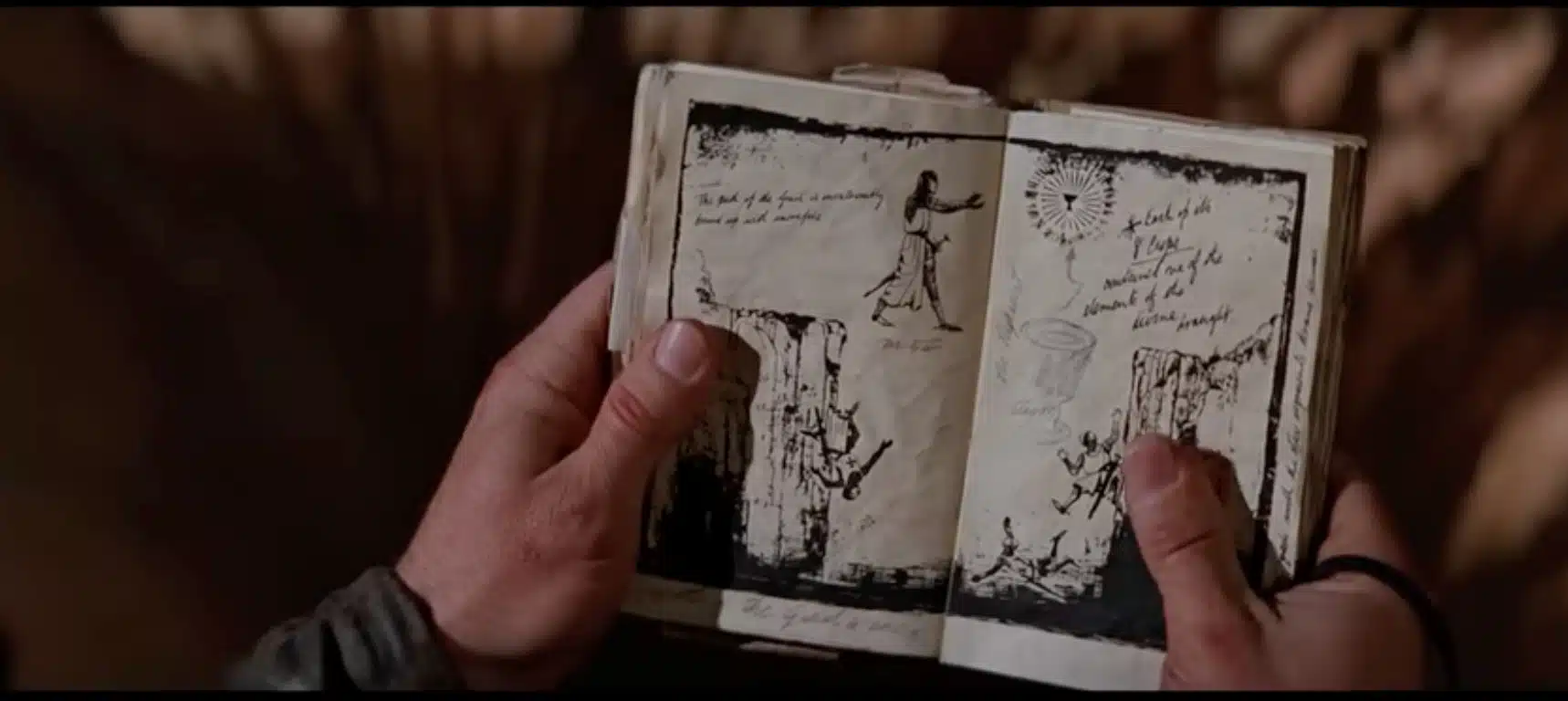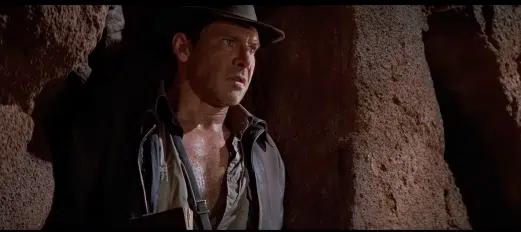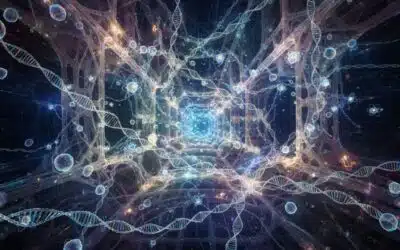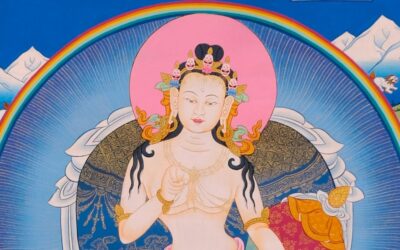Indiana Jones and the Invisible Path

Written By Paul Baffier
Blog | The Dzogchen Journey
In « Indiana Jones and the invisible path » Paul offers us an article in which we learn that Dzogchen can be seen in a popular film.
Series: How to practice the Dzogchen path?
Indiana Jones and the invisible path
Who hasn’t dreamt (and sung) the chorus to the legendary Indiana Jones soundtrack?
Of unexplored underground caves, dark tombs and haunted pyramids, enigmatic temples with indecipherable hieroglyphics, sunken galleons with bewitched treasures…
We’ve come to explore, to illuminate, to understand and decipher, to discover and reveal…!
A thousand adventures, as many opportunities for a thousand exploits, on the way to… but to what, in fact?
If just one of these sacred places could reveal to us the treasure of all treasures – the treasure of the spirit that creates all desires – then it would be worth the journey.
Well, an episode in the adventures of Indiana Jones expresses the epitome of this quest.
As he sets off into the depths of the rock-hewn sanctuary in search of the Holy Grail, the cup of the carpenter Joseph of Arimathea who collected the blood of Christ on the cross, Indie must face the test of the Leap of faith:
“His instruction booklet shows him straight away: the knight advances above the void…”
At the end of the narrow duct he was walking along, a prodigious abyss opened up before him: everything was black, there were no tracks, the path he had been following ended here. At the edge of this black cliff, there are no rough edges to cling to, no ropes to stretch, no machines to make the air fly away, no wood to build a bridge. The abyss is total and impassable by nature. All ordinary ideas, all conventions come to a standstill there: no tool can be brought into this navel of the world, this primeval matrix that has defied time; and very few humans ever enter it.
His instruction booklet shows him straight away: the knight advances above the void, without support or instrument, guided only by the light of the Grail.
Indie, then, must at last summon up the courage to apply the only fundamental instruction she has received so far, the one and only thought that remains in her mind: the leap of faith. It’s not so much blind faith that doesn’t worry about anything and remains in the dark. Indie sees the precipice, it’s immense, he knows the consequences of a fall.
Freeze. The image stops. Indie breaks the fourth wall and addresses the camera :
Faith, too often associated with religion, comes from the Latin fides, which means not only “trust”, but also “authenticity”: in short, fidelity to the deepest aspect of ourselves, an intimacy with the invisible part of ourselves that the leap of faith can illuminate.
And if there is a ‘leap’, it’s because there is that little moment of unconsciousness when everything is uncertain, when no ordinary landmark is acquired; that moment when what made up the (false) ordinary tranquillity of ‘life’ disappears: that moment is, in short, death. The death of the self to reveal its vast, vast, vast – like the abyss beneath Indie’s feet – absolute nature.
The self is always provisional, because it cannot pass the barrier of death. And the whole point of all authentic traditions is to generate trials in which the skillful and courageous knight, filled with fides, aspiring to the light of the Grail where he can drink in the life of the Spirit beyond time, will discover that in this leap lies the conversion of the path of ignorance into the path of clarity.
Slow motion. Indie cogitates in slow motion:
From then on, what Indie understands is that applying the instruction of fides in all its simplicity is the only way forward. Authentic fidelity to the nature of all phenomena appearing to experience is the only path to follow, empty, with no support other than the ephemeral transparency of their fleeting dynamics, completely pure of any designation, non-existent of any substance, spontaneously accomplished, free of any technique or path to follow.
All mental elaborations, procrastinations, struggles and evasions are conceptual bridges that collapse like houses of cards under the weight of self-delusion. They don’t hold, and are always disappointing.
Only fides in the nature of that which is vaster than all hopes and fears about life and death deploys sufficient spiritual momentum to cross the chasm of lives and deaths – which the Dzogchen teaches are infinite in number.
Where there is no path, it is enough simply to walk in the void.
Simply, because simplicity is the presence at the root of the ultimate freedom of every walk, of every path to liberation. Every step on a path of liberation is therefore empty of steps and free at its core: simple.
The film restarts :
So, like other knights before him, Indie steps over the void.
And doesn’t fall.
The invisible path, which is no longer the conceptual path, is revealed beneath his feet.
Once he reaches the other end, Indie can throw sand onto the marked path – for the other knights, those who will follow behind him, those who will be able to set out on the path without a path.
But as the wind of the abyss blows, who knows if the sand will remain?
Who knows if the path still mapped out will not regain its original invisibility?
More Posts
The ground of all Künshi
This article “The ground of all, Künshi” provide a better understanding of the essential words and concepts of Dzogchen.
The Four Testaments of the Vidyādharas
This article from Grégoire presents the" Four Testaments of the Vidyādharas", essential teachings from the early masters of Dzogchen.
The Story of the First Masters: Garab Dorje
“The Story of the First Masters: Garab Dorje” is the first article in a new category about the masters of the Dzogchen lineage.





